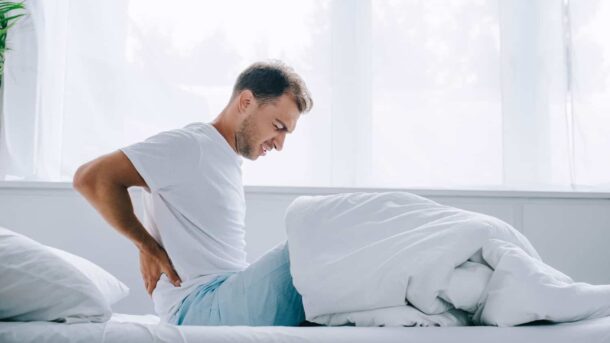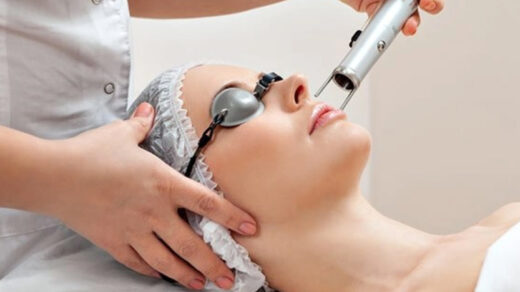❌ Why Hard Mattresses Aggravate Herniated Discs
Zero Lumbar Support:
Overly firm surfaces fail to cradle the spine’s natural “S-curve,” leaving the lower back unsupported.
Result: Muscles tense overnight, worsening disc pressure and morning stiffness.
Pressure Points at Hips/Shoulders:
Side sleepers risk hip and shoulder pain as bony prominents dig into unyielding surfaces.
Weight Distribution Issues:
Lightweight individuals hover over hard beds, forcing muscles to strain for stability.
❌ Soft Mattresses: A Sinking Disaster for Discs
Spinal Misalignment: Overly plush beds cause hips/shoulders to sink, curving the spine into a U-shape.
Muscle Fatigue: Core muscles overwork to stabilize the spine, leading to chronic pain.
Worse for Discs: Increased lumbar curvature compresses herniated discs, triggering sciatica flare-ups.
✅ Ideal Mattress for Herniated Discs: Medium-Firm (+ How to Test)
The best mattress for lumbar disc herniation balances support and pressure relief:
Medium-Firm (6–7/10 Firmness): Supports spinal curves without sagging.
Materials to Consider:
Memory Foam: Contours to the body (avoid ultra-soft variants).
Latex: Responsive cushioning with natural bounce.
Hybrid: Combines coils for support + foam for pressure relief.
DIY Spine Test:
Lie flat on the mattress.
Slide your hand under your lower back.
Perfect Fit: No gap—your spine stays neutrally aligned.
Too Hard: Large gap (hand moves freely).
Too Soft: Hand compressed (hips sink).



